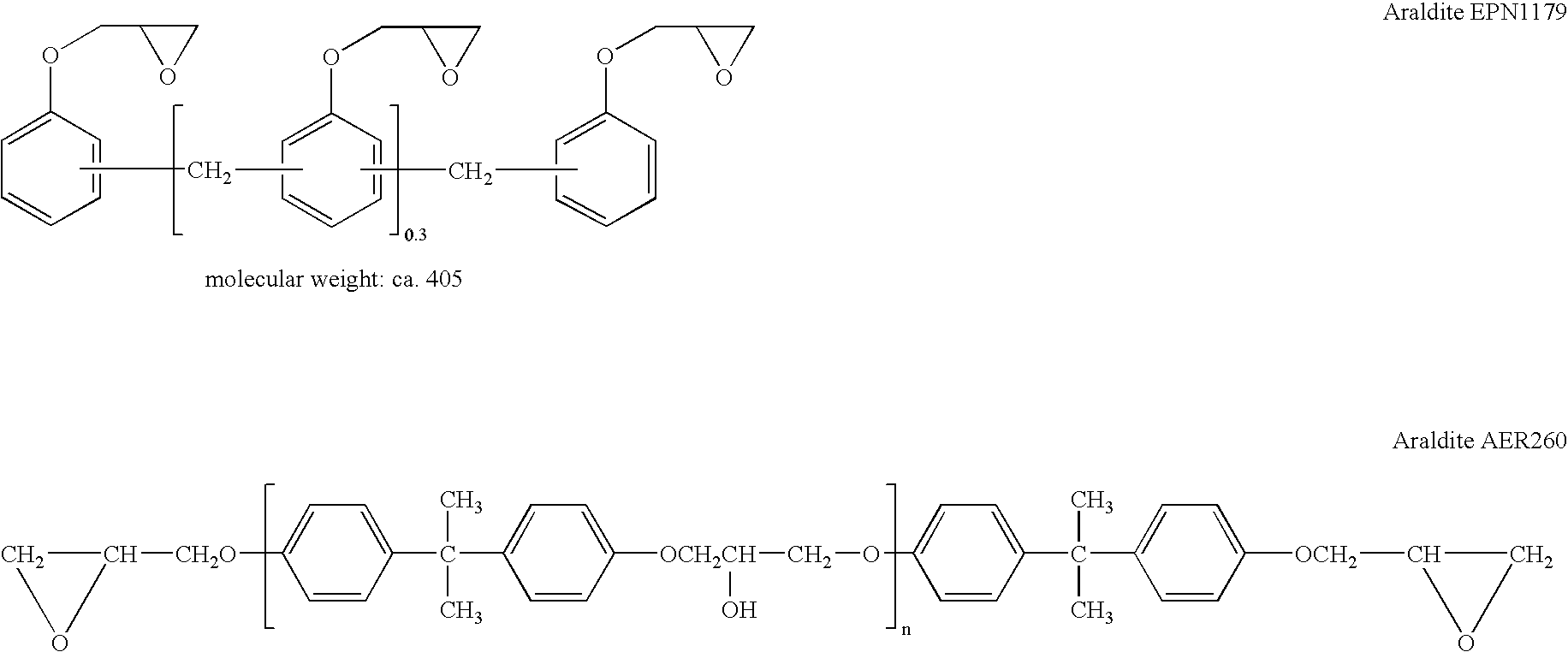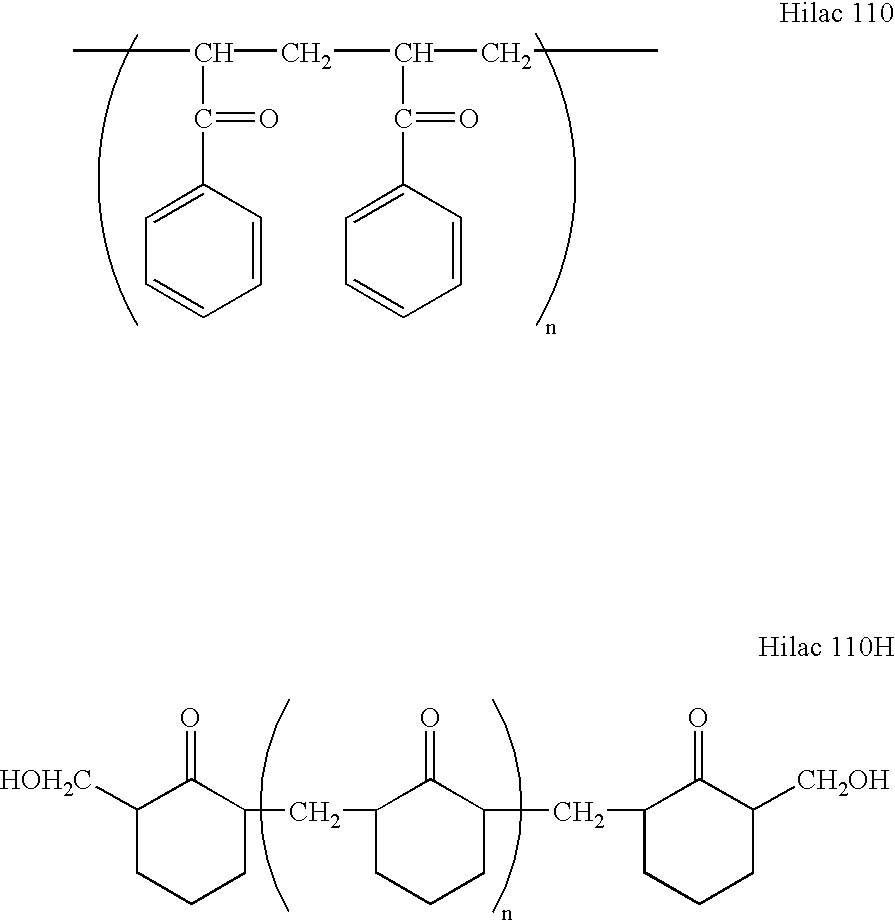Protective film of a polarizing plate
a technology of protective film and polarizing plate, which is applied in the direction of polarizing elements, impression caps, instruments, etc., can solve the problems of reducing the performance of liquid crystal displays in high humidity, forming liquid drops which contaminate the web or roll, and lowering moisture resistan
- Summary
- Abstract
- Description
- Claims
- Application Information
AI Technical Summary
Problems solved by technology
Method used
Image
Examples
example 1
Dope composition:
[0082]
Triacetyl cellulose (acetic acid100 parts by weightcontent: 61.0%)2-(2′-Hydroxy-3′,5′-di-t- 1 part by weightbutylphenyl) benzotriazoleAdditive described in Table 1 20 parts by weightMethylene chloride475 parts by weightEthanol 50 parts by weight
[0083]The dope compositions were charged in a closed vessel, heated up to 70° C., and cellulose triacetate (TAC) was completely dissolved by stirring to obtain a dope. The time required for dissolution was 4 hrs. The dope compositions were filtered and the dope maintained at 35° C. was uniformly cast on a support of stainless steel band kept at 30° C.
[0084]Then, the dope was peeled off from the stainless band support after it was dried to such an extent as being peelable. Residual solvent in the dope was 25% at this time. The period of time required for casting to peeling of the dope was 3 min. After being peeled from a stainless support, the film was dried at 120° C. while being held in the transverse direction. Then, ...
PUM
| Property | Measurement | Unit |
|---|---|---|
| RH | aaaaa | aaaaa |
| thickness | aaaaa | aaaaa |
| degree of polymerization | aaaaa | aaaaa |
Abstract
Description
Claims
Application Information
 Login to View More
Login to View More - R&D
- Intellectual Property
- Life Sciences
- Materials
- Tech Scout
- Unparalleled Data Quality
- Higher Quality Content
- 60% Fewer Hallucinations
Browse by: Latest US Patents, China's latest patents, Technical Efficacy Thesaurus, Application Domain, Technology Topic, Popular Technical Reports.
© 2025 PatSnap. All rights reserved.Legal|Privacy policy|Modern Slavery Act Transparency Statement|Sitemap|About US| Contact US: help@patsnap.com



